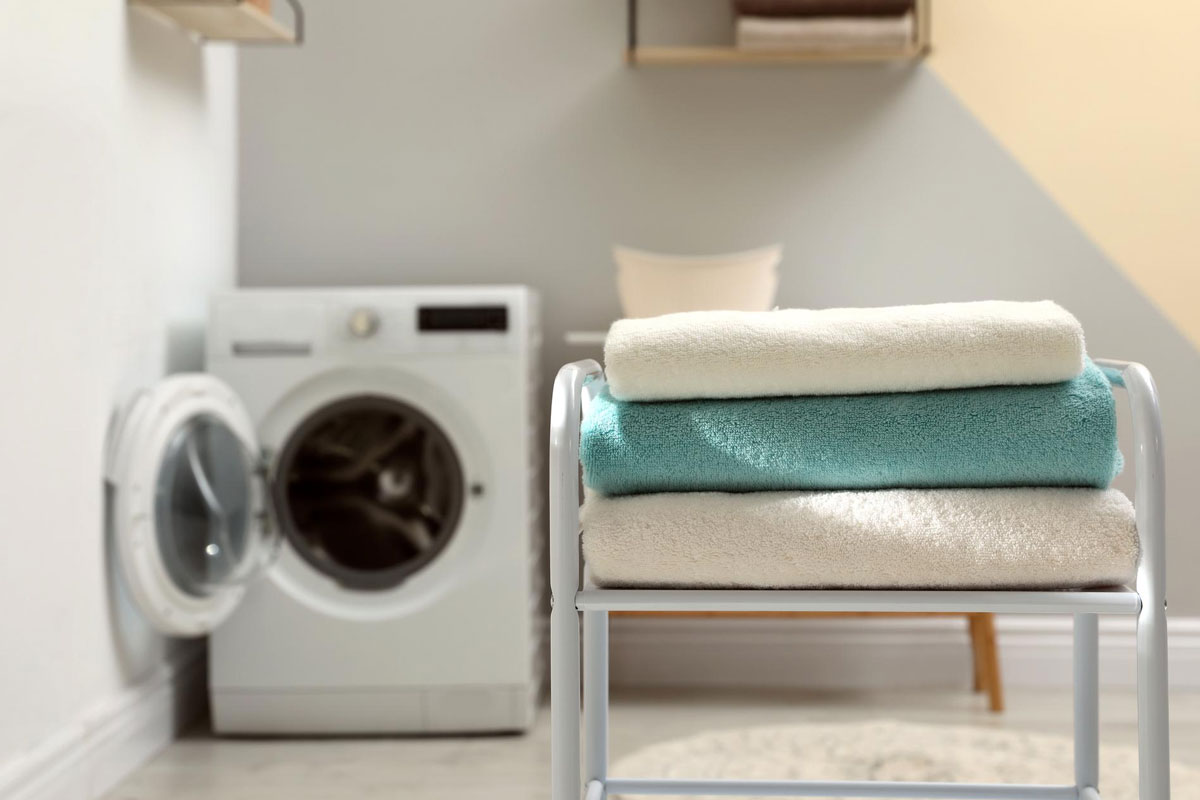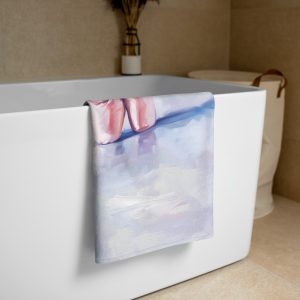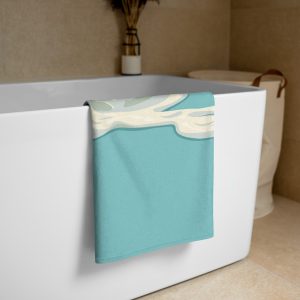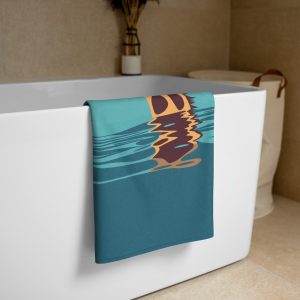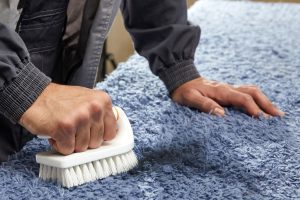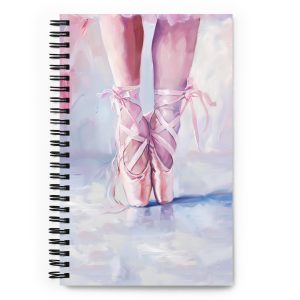Microfiber towels have revolutionized cleaning and drying, thanks to their exceptional absorbency, quick-drying nature, and lint-free properties. From wiping down kitchen counters to drying your car after a wash, these versatile towels have become an indispensable tool for many households and industries. However, to keep your microfiber towels performing at their best and lasting for years, it’s crucial to understand the specific care they require. This comprehensive guide will delve deeper into the world of microfiber towels, providing a detailed step-by-step approach on how to wash microfiber towels correctly and address common concerns to ensure they stay soft, absorbent, and lint-free for years to come.
Introduction: Unveiling the Microfiber Magic
How to wash microfiber towels is a question that often arises as these versatile cleaning tools gain popularity. Microfiber towels are a marvel of modern textile engineering. Crafted from ultra-fine synthetic fibers, typically a blend of polyester and polyamide (nylon), these towels boast a unique structure that sets them apart from traditional cotton counterparts. The magic lies in the splitting of these fibers into even smaller strands, resulting in a vast surface area that amplifies their ability to absorb liquids, trap dirt, dust, and other particles. The resulting fabric is not only incredibly absorbent but also lightweight, quick-drying, and gentle on various surfaces.
Microfiber towels come in a wide array of sizes, colors, and textures, each tailored for specific tasks. You’ll find plush microfiber towels for drying delicate surfaces, waffle-weave towels for scrubbing grime, and even specialized towels designed for cleaning eyeglasses or electronics. The versatility of microfiber towels makes them an invaluable asset for both household chores and professional cleaning applications.
The Importance of Proper Washing for Microfiber Towels
Washing microfiber towels correctly is not merely a matter of hygiene; it’s a crucial practice to maintain their performance and longevity. The unique structure of microfiber fibers requires special care to prevent damage and preserve their effectiveness.
Improper washing techniques can clog the microscopic spaces between the fibers, hindering their ability to absorb moisture efficiently. Harsh detergents and fabric softeners can leave behind residues that further impede absorption and may even cause the fibers to become stiff and scratchy. Moreover, washing microfiber towels with other fabrics or using dryer sheets can lead to lint transfer, compromising their lint-free advantage.
By understanding and adhering to the correct washing and drying methods for your microfiber towels, you can ensure that they remain soft, absorbent, and lint-free for years, saving you money and reducing waste.
Step-by-Step Instructions: How to Wash Microfiber Towels Effectively
To unlock the full potential of your microfiber towels, it’s essential to follow a meticulous washing routine. Here’s a comprehensive step-by-step guide on how to wash microfiber towels effectively:
Sorting: Begin by sorting your microfiber towels based on color and level of dirtiness. This step is crucial to prevent color bleeding and ensure thorough cleaning. Dark-colored towels should be washed separately from light-colored ones, and heavily soiled towels should be kept apart from lightly used ones.
Pre-Treating (Optional): If your microfiber towels have stubborn stains or heavy soiling, consider pre-treating the affected areas before tossing them into the washing machine. You can use a mild stain remover or a simple mixture of baking soda and water. Apply the pre-treatment solution to the stains and gently rub it in before proceeding with the washing cycle.
Choosing Detergent: The choice of detergent is paramount when washing microfiber towels. Opt for a mild, liquid detergent explicitly formulated for delicate fabrics or microfiber towels. Avoid detergents containing fabric softeners, bleach, or fragrances, as these harsh chemicals can damage the delicate fibers and diminish their absorbency.
Washing Machine Settings: Set your washing machine to a gentle or delicate cycle, using warm or cool water (not hot!). Hot water can melt the synthetic fibers and compromise the towel’s integrity. If your washing machine features an extra rinse cycle, utilize it to thoroughly remove any lingering detergent residues.
Loading the Washer: Take care not to overload the washing machine. Microfiber towels require ample space to agitate and rinse effectively. As a general guideline, fill the washing machine no more than two-thirds full to ensure optimal cleaning results.
Drying Options for Microfiber Towels: You have two primary options for drying your microfiber towels: air-drying or machine-drying. If opting for air-drying, lay them flat on a clean surface or hang them to dry in a well-ventilated area. Avoid direct sunlight, as it can fade the colors. If you prefer machine-drying, use the low heat or delicate setting. Importantly, refrain from using dryer sheets or fabric softener, as these can leave residues that clog the fibers and reduce their absorbency.
Additional Tips and Considerations: Ensuring Long-Term Performance
Beyond the basic washing steps, several additional tips and considerations can help you maximize the lifespan and performance of your microfiber towels:
Washing Frequency: The frequency with which you should wash your microfiber towels depends on how frequently they’re used and the nature of their use. If you primarily use them for light cleaning or drying tasks, washing them after every few uses should suffice. However, for heavy-duty cleaning or tasks involving substantial dirt or grime, it’s advisable to wash them after each use.
Avoiding Common Mistakes: Several common mistakes can damage microfiber towels and diminish their effectiveness. Refrain from using fabric softener, as it leaves a coating that hinders absorbency. Avoid washing microfiber towels with lint-producing fabrics like cotton or terry cloth, as lint can cling to the microfiber and compromise its performance. Additionally, steer clear of high heat during washing and drying, as it can melt or distort the fibers.
Dealing with Lint and Static: To prevent lint buildup, shake out your microfiber towels before washing and avoid washing them with lint-shedding fabrics. If you encounter static cling, add a quarter cup of white vinegar to the rinse cycle. This natural remedy helps neutralize static charges and leaves your towels feeling soft and manageable.
Storage: Proper storage plays a role in maintaining the quality of your microfiber towels. Store them in a clean, dry place away from direct sunlight. Avoid storing them in humid environments, as this can promote the growth of mildew and bacteria.
Hand Washing Instruction: A Gentle Alternative
While machine washing is convenient, hand washing is a gentle alternative that can be equally effective for cleaning microfiber towels. To hand wash your towels, fill a sink or basin with cool water and add a small amount of mild detergent. Soak the towels for a few minutes, then gently agitate them to loosen dirt and debris. Rinse the towels thoroughly under cool running water, wring out excess water, and lay them flat or hang them to dry.
Troubleshooting Common Issues: Addressing Challenges
Even with meticulous care, microfiber towels can sometimes encounter issues. Here’s how to troubleshoot common problems:
Loss of Absorbency: If your towels become less absorbent over time, it’s often due to detergent buildup. To remedy this, wash them with a small amount of white vinegar. The vinegar helps break down the residue, restoring the towel’s absorbency.
Stiffness: If your towels feel stiff after washing, avoid using fabric softener and instead try washing them with a little baking soda. Baking soda acts as a natural softener, helping to restore the towels’ softness and plushness.
Unpleasant Odor: An unpleasant odor can develop in microfiber towels due to bacteria growth. To eliminate the odor, soak the towels in a mixture of water and white vinegar for a few hours before washing them as usual.
Conclusion: Preserving the Magic of Microfiber
By mastering the art of how to wash microfiber towels, you can ensure that these versatile tools remain in optimal condition, providing you with their remarkable cleaning and drying power for years to come. Whether you use them for household chores, car detailing, or personal care, proper care will extend their lifespan and keep them performing at their
Interested in learning more about the science behind microfiber and its environmental impact? Delve deeper into the fascinating world of these microscopic fibers on Wikipedia https://en.wikipedia.org/wiki/Microfiber.
FAQs About How to Wash Microfiber Towels
Can I wash microfiber towels with other fabrics?
It’s generally recommended to wash microfiber towels separately to prevent lint transfer and ensure thorough cleaning. However, if you must wash them with other items, choose lint-free fabrics like synthetics or delicates.
Can I wash microfiber towels with other fabrics?
It’s generally recommended to wash microfiber towels separately to prevent lint transfer and ensure thorough cleaning. However, if you must wash them with other items, choose lint-free fabrics like synthetics or delicates.
How often should I wash my microfiber towels?
The washing frequency depends on usage, but as a general rule, washing them after every few uses is sufficient for lightly used towels. For heavily soiled towels, wash them after each use.
Can I use bleach on microfiber towels?
No, avoid using bleach on microfiber towels, as it can damage the fibers and reduce their absorbency.
Can I put microfiber towels in the dryer?
Yes, you can machine-dry microfiber towels, but use the low heat or delicate setting. Refrain from using dryer sheets, as they can leave residues on the fibers.
What's the best way to remove stains from microfiber towels?
You can pre-treat stains with a mild stain remover or a mixture of baking soda and water before washing. Avoid using harsh chemicals or bleach.


